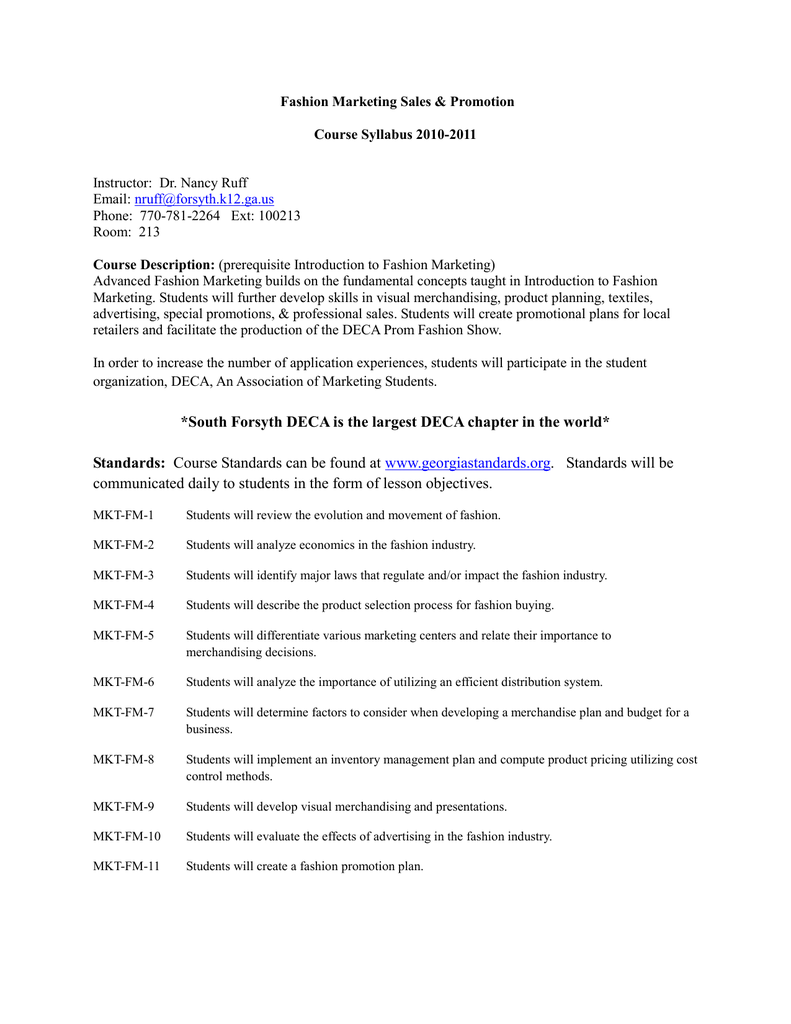Fashion marketing is a multifaceted field that involves promoting, advertising, and selling fashion products to consumers. It is a vital component of the fashion industry, as it helps fashion brands and retailers to reach their target audience and increase their sales. Fashion marketing is a dynamic and constantly evolving field, as it needs to keep up with the latest trends, consumer preferences, and technological developments. In this essay, we will explore the key concepts, strategies, and tools used in fashion marketing, and how they contribute to the success of fashion businesses.
One of the key concepts in fashion marketing is branding. A fashion brand's identity and image are crucial for attracting and retaining customers. A strong brand image can differentiate a fashion brand from its competitors and create a loyal customer base. A fashion brand's branding efforts can include developing a unique logo, packaging, and website design, as well as creating brand guidelines that dictate the brand's tone of voice and visual style. Fashion brands can also use influencer marketing, where they partner with social media influencers to promote their products to their followers, as a way to build brand awareness and credibility.
Another important aspect of fashion marketing is market research. Fashion marketers need to have a deep understanding of their target audience, including their demographics, preferences, and purchasing habits. Market research can help fashion brands to identify consumer trends, gauge consumer reactions to new products, and determine the most effective marketing strategies and channels to reach their target audience. Fashion marketers can use a variety of research methods, including surveys, focus groups, and online analytics tools, to gather data about their target audience.
Product positioning is another crucial element of fashion marketing. It refers to the way a fashion brand positions itself and its products in the market. Fashion brands can differentiate themselves from their competitors by highlighting their unique features, such as the quality of their materials, the craftsmanship of their products, or their sustainability practices. Fashion brands can also position themselves based on their price point, targeting either a luxury or a budget-conscious audience. Product positioning helps fashion brands to communicate their value proposition to consumers and stand out in a crowded market.
Fashion marketing also involves creating promotional campaigns to generate interest and sales for fashion products. These campaigns can include traditional marketing tactics, such as print and television advertisements, as well as digital marketing strategies, such as social media marketing, email marketing, and search engine optimization. Fashion marketers need to be creative and strategic in their promotional efforts, developing campaigns that are relevant and engaging to their target audience and align with their brand's values and image.
In conclusion, fashion marketing is a dynamic and complex field that plays a crucial role in the success of fashion businesses. It involves building and promoting a strong brand image, conducting market research, positioning products effectively, and creating promotional campaigns that reach and engage the target audience. Fashion marketers need to be up-to-date with the latest trends, consumer preferences, and marketing technologies to be effective in their roles.





